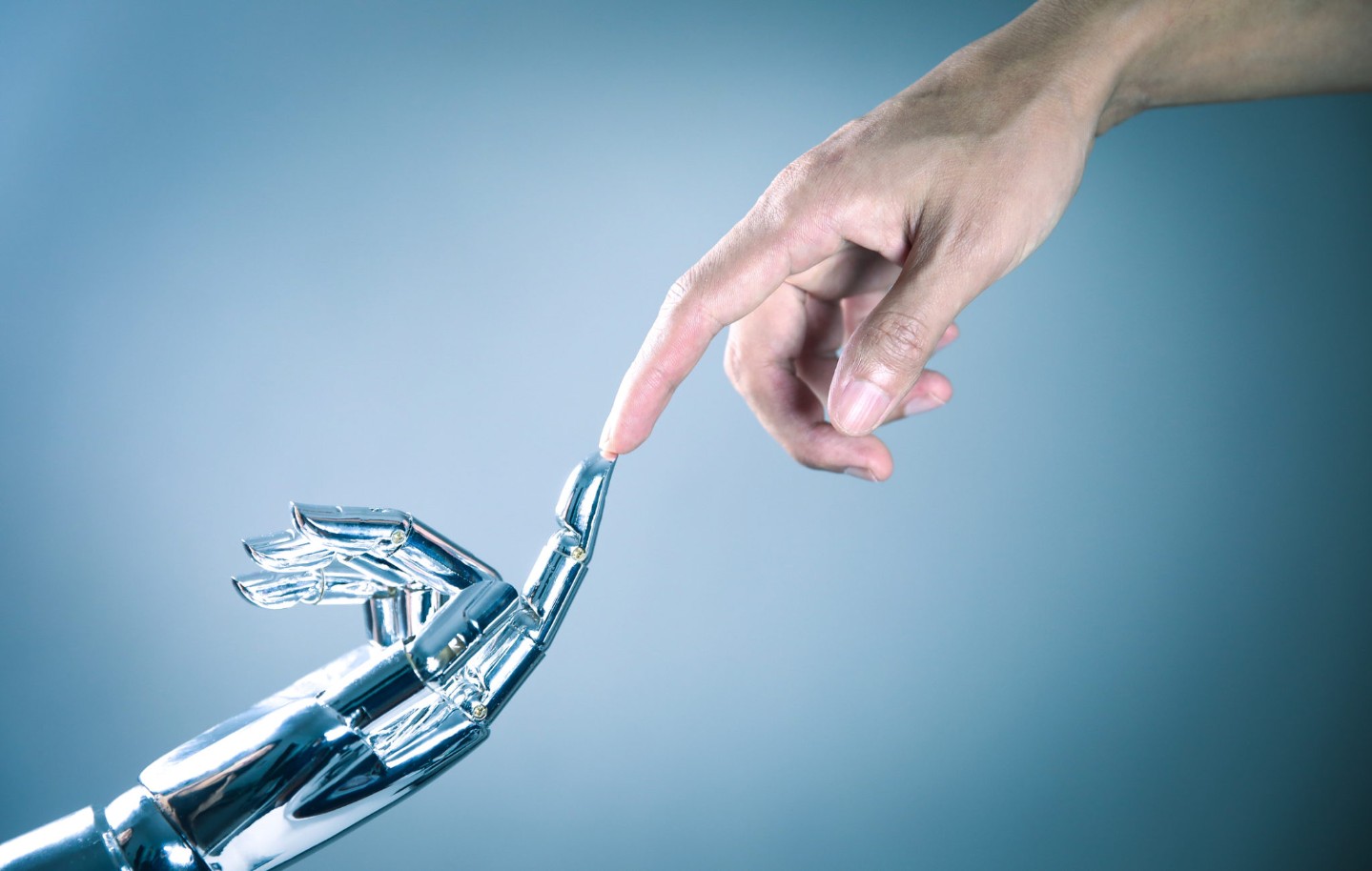A couple weeks ago I received an email request from the SETI Institute to do an interview for a program to be aired on National Public Radio. SETI, as some of you are aware, is a scientific organization whose purpose it is to look for evidence of life beyond Earth (SETI is an acronym for Search for Extra-Terrestrial Intelligence). For a geek like me, being interviewed by the organization once championed by Carl Sagan is an honor akin to a Husker fan being asked for football advice by Bo Pellini.
Of course I immediately agreed. They wanted to talk to me about a blog post I’d written a few months back entitled “The Art of Medicine.” If you go back and read this piece you’ll see that it was my attempt to define the vague concept captured in the title. My position was that medicine becomes an art the moment you have to deal with things not going as predicted, i.e. the patient who dies, or the patient who refuses therapy, or the family member who is at odds with the caregivers. The art of medicine is what you turn to when one plus one doesn’t add up to two.
This particular piece had been picked up by another website and some of the readers had initiated a discussion about the possibility of robots replacing doctors. How “the art of medicine” evolved into “robots as doctors” was a little hard for me to follow, but it seems to have arisen out of an anecdote I related at the start of the post about a computer program my medical school had developed to train young doctors.
The people at SETI produce a series for public radio (and as a podcast) called “Are We Alone?” and for this particular segment they were exploring the idea of robots becoming sophisticated enough to replace humans in various professions. Besides speaking with me, they also interviewed representatives from NASA, the Federal Aviation Administration, and Pixar (no, I don’t think they actually spoke with Buzz Lightyear). I’m not sure what made them think I possess any form of expertise in the realm of robotics, computers, or little green men, but anytime I can end up on the same playbill as astronauts I’ll take it.
As the interview began, I settled into the conversion not really knowing what I was going to be asked but with the determination to use the phrase “billions and billions” at least once.
SETI: Do you think robots can replace doctors?
Me: Definitely not.
SETI: Why not?
Me: Robots aren’t sophisticated enough to interact with patients and make complicated treatment decisions.
SETI: They now have robots that speak and understand, computers that have a near infinite capacity to store and retrieve data, and advanced algorithms that can assess intricate, chaotic systems.
Me: But you’d need a robot that can read the nuances of a person’s feelings and the subtleties of human interactions.
SETI: They now have robots that can correctly identify the visual cues of human emotions and engage in complex communication. Don’t you think that someday they might come up with a robot sophisticated enough to do all that?
Me: Fine. You win. Human doctors are no match for robots.
As you can see I vigorously defended the human race for a solid 20 or 30 seconds before caving—I guess I was done in by the endless “what ifs.” Sure, at some point scientists (probably working for Skynet or U.S. Robotics or the Tyrell Corporation) will craft a handsome Dr. Kildare look-alike that’s programmed with every bit of medical and scientific data known to man, with a warm bedside manner, impeccable clinical reasoning, and a scratch golf game.
But, at least for now, my chief defense for those of us in the medical profession not made of wiring and microchips is that the world of technology is actually pretty disappointing. Where are the hover cars we were promised? The jet packs? The Jetsons premiered nearly 50 years ago and yet we’re still waiting for a Rosie to come along. If they can’t build a robot that does more than a ZhuZhu pet how threatened am I supposed to feel?
My group is now in possession of the most sophisticated electronic medical record (EMR) system available (well, at least I’m sure it’s the most complicated). You’d think that after decades of computer development we would have a program that could sit in the exam room with me, take notes on my interview, transcribe the findings of my exam, offer suggestions about possible diagnoses, and anticipate my treatment recommendations, packaging the whole interaction into a well-versed and thoughtful entry into the permanent medical record.
Hardly. It has a complex voice recognition algorithm that frequently inserts the phrase “van dig rough” into the sentence whenever my name is dictated. It takes me more clicks of the mouse to cobble together a simple summary than it took the hackers at Wikileaks to break into the Department of Defense server. At Alegent we have a dedicated staff of computer experts who do their best to help us implement this unwieldy program, but despite their best efforts the EMR produces a doctor’s note that looks like it was thrown together by a pack of drunken monkeys on a Commodore 64.
Sure, if I stare into the world of science fiction I can start feeling the cold shivers of my own obsolescence. But to overcome this all I need is a quick foray into the real world of today’s technological shortfalls, and several “control-alt-deletes” later I realize that I might just be able to keep my job.
I’m not as much a 20th century Luddite as this post makes me seem. Truly, I love cool new tech-stuff as much as the next geek—I play Angry Birds on my iPad, occasionally access my Twitter account, and someday hope to attend Comic-Con. But my day-to-day interactions with real humans suffering from real diseases convinces me that at least for the next few decades our profession will be populated by doctors made of flesh and blood rather than circuits and processors.





